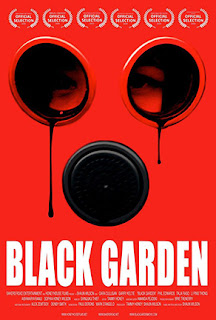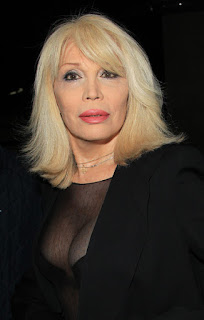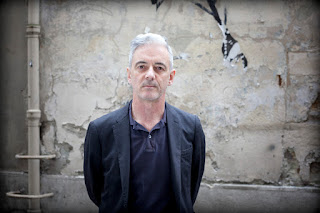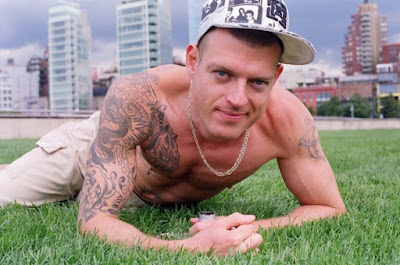Interview with Australian Film Director, Philippe Mora (2019)
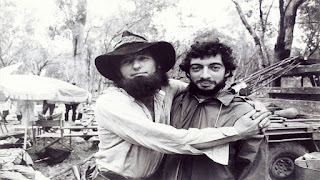
Philippe Mora with Dennis Hopper on the set of ' Mad Dog Morgan (1974) Philippe Mora: Original Australian Auteur Painter, writer, film director, Philippe Mora has forged an idiosyncratic path. His Mad Dog Morgan (1976), starring Dennis Hopper, is now considered a classic of Australian cinema. Mora subsequently directed, amongst other films; The Return of Captain Invincible (1983); A Breed Apart (1984); Howling ll (1985); Howling lll (1987); Communion (1989). Over his long career, he has worked with actors Frank Thring, David Gulpilil, Jack Thompson, Alan Arkin, Christopher Lee, Rutger Hauer, Kathleen Turner, Christopher Walken, James Coburn. I spoke with the ebullient Mora from his home in L.A. Philippe, thank you for agreeing to this interview. You were born in 1949, and you have described your childhood as ‘culturally privileged’. Your parents were iconic artist Mirka Mora and much-respected restaurateur and gallerist,
